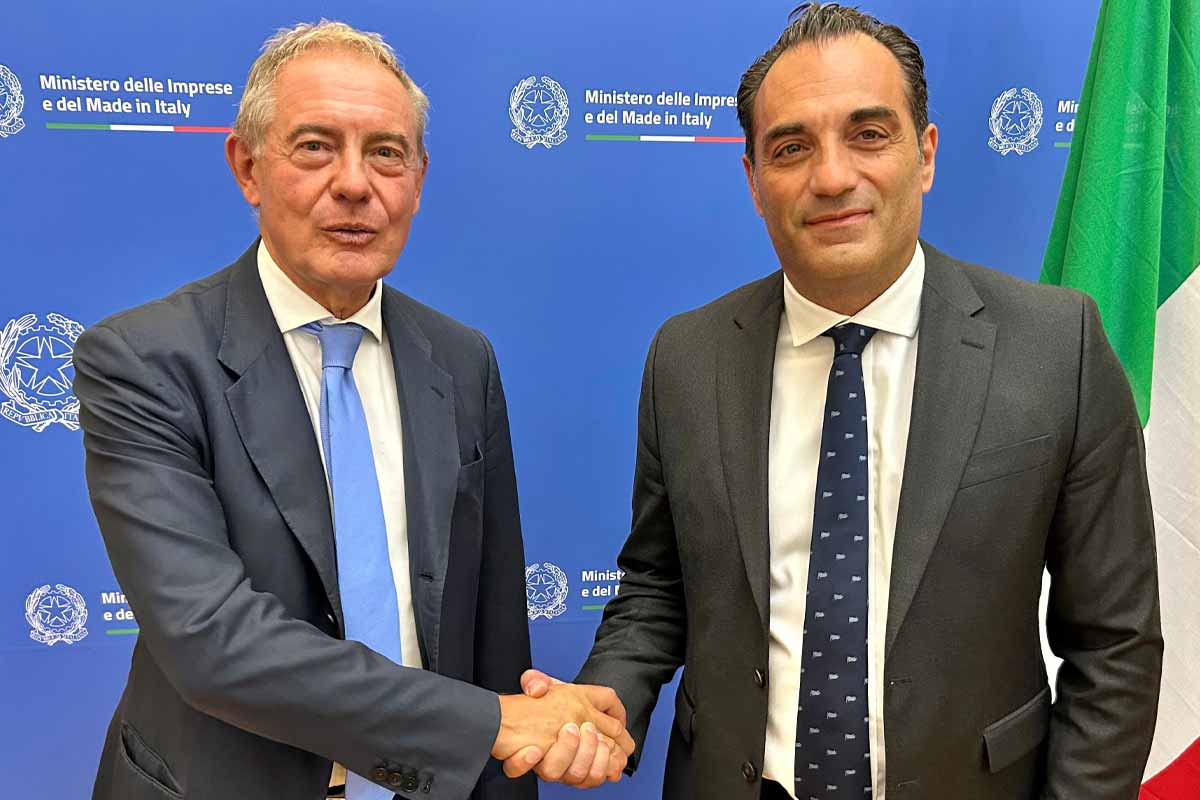
On October 20, Antonio Filosa, appointed a few months ago to head the Stellantisis about to take a step that his predecessor Carlos Tavares never dared to take: bringing together all the Italian automotive unions around the same table for a direct discussion on the group's industrial future in Italy. An unprecedented initiative that could mark a turning point. For years, tensions have been mounting between Stellantis and the unions, against a backdrop of the group's gradual disengagement from the peninsula.
Explosive social climate
The figures speak for themselves: according to a Fiom survey, between 2020 and 2024, the Stellantis workforce in Italy will fall from 37,288 to 27,632 employees, representing over 9,600 net departures. More than 60 % of the remaining employees now depend on social shock absorbers, while domestic car and engine production has collapsed, whether for the Fiat, Alfa Romeo or Maserati brands. Lancia is currently only produced in Spain.
At the same time, strategic models have migrated abroad: Fiat 600 and Alfa Romeo Junior in Poland, Fiat Grande Panda in Serbia, Lancia Ypsilon in Spain, Fiat Topolino in Morocco. Italy, long the cradle of the group, is now confined to a few niche productions. The only real novelties are the return of the Fiat 500 hybrid at Mirafiori and, next year, the Lancia Gamma at Melfi.
Faced with this situation, the pressure has been turned up a notch. The Fiom, through its General Secretary Michele De Palma, had recently threatened to launch a general mobilization if no sign of openness came from management.
Filosa goes against Tavares' grain
It was against this backdrop that Filosa took a symbolic decision: to respond to the unions' call and organize a first official meeting in Turin, with all the sector's representative organizations.
"We've been waiting for this since he was appointed," commented Ferdinando Uliano, General Secretary of the Fim. For the Uilm union, expectations are clear: to obtain the assignment of hybrid models to Italian plants, to relaunch engine production at Termoli, to give visibility to Melfi and Mirafiori, and finally to clarify the future of Maserati in Modena. At Cassino, the plant is currently limited to Alfa Romeo Giulia and Stelvio models, which are struggling to saturate installed capacity.
The moment of truth
Filosa's "political act" is seen as a break with the Tavares era, during which social dialogue in Italy was rare. At the time, the former boss had steered the Group primarily through a logic of cost reduction and site rationalization, even if this meant sacrificing the historical weight of the peninsula. The last time Carlos Tavares was seen publicly in Italy was at the for the launch of the Alfa Romeo Milanoand for Fiat's 125th anniversary in July 2024.
By accepting an open discussion, Filosa has distinguished itself and is trying to restore a climate of trust. But the expectations are immense: to save jobs, to give a clear mission back to the factories, and to defend the role of the Italian automotive industry within the framework of European regulations. October 20 could therefore be a pivotal moment. If Filosa succeeds in laying the foundations of a "pact" with the unions, he will be sending out a strong signal: that of a willingness to rebalance Stellantis' strategy in favor of Italy.
Fair play to Antonio Filosa, the only way production will be sorted in Italy is if there are direct talks with the Unions. As it turned out Tarvares turned out to be an absolute disaster for Stellantis. Hopefully Italian plants will see benefits going forward. Fiat/Alfa/Lancia have to be Italian, otherwise what is the point.
Dann hoffen wir mal, dass mittelfristig italienische Marken auch wieder in Italien gebaut werden. Ich persönlich kaufe nur Autos, die in Italien gebaut werden. Mein MiTo und mein Delta werden langsam alt...
...and what is the expected outcome of talking with openly communist union leaders? These are the same groups that revolted in the '70s - he's essentially negotiating with terrorists.
When it comes to terrorism, Italian communist leaders can't hold a candle against the U.S. government, the world's largest and most lethal terrorist organization. Time to go back to school for a few history classes, professor.
Tavares wanted to kill off the Italian car industry, it's impossible otherwise. Relocating factories, reducing production in Italy, laying people off - Tavares' recipe for cutting costs and standardizing the cars made by Stellantis will go down in automotive history as a scandal.
Filosa wants to come back to this, but it's going to be complicated.
We have to give him his chance! It'll be difficult, but it's his job! Tavares has made too many mistakes and his desire to cut costs has backfired!
It's so easy to merge Citroën, Chrysler and Lancia into Premium.
With the 3.0 L6 Biturbo hybrid Hurricane
under STLA Large
Alfa and Dodge and Viper in pure sport (V6 and V8 Hybrid) Giorgio 2 and STLA wide.
Maserati Luxo-sportif (V6 and V8 Hybrid) la Giorgio 2
And at the lower end of the range, the usual Abarths, Peugeots and Opels.
Without it it's dead!!!!!!!!!!
with such a program, Stellantis is sure to collapse! leave it to the new boss, he seems to have concrete plans!
STELLANTIS HAS THE MEANS TO RISE UP THE MEANS NOT TO LACK, IT'S TRUE THAT TAVARRES HAS DONE EVERYTHING TO DESTROY CAR PRODUCTION IN ITALY, THE ASSOCIATION WITH PSA WAS A MONUMENTAL ERROR FOR FCA